
DIABETES 101
Learn about the basics of diabetes from the most reliable
source:
Centers for Disease Control and Prevention
What is Diabetes?


Risk Factors

- Family history: Having a parent, brother, or sister with type 1 diabetes.
- Age: You can get type 1 diabetes at any age, but it’s more likely to develop when you’re a child, teen, or young adult.
- Race/ethnicity: In the United States, whites are more likely to develop type 1 diabetes than African Americans and Hispanic/Latino Americans.

- Have prediabetes
- Are overweight
- Are 45 years or older
- Have a parent, brother, or sister with type 2 diabetes
- Are physically active less than 3 times a week
- Have ever had gestational diabetes (diabetes during pregnancy) or given birth to a baby who weighed more than 9 pounds
- Are African American, Hispanic/Latino American, American Indian, or Alaska Native (some Pacific Islanders and Asian Americans are also at higher risk)

- Are overweight
- Are 45 years or older
- Have a parent, brother, or sister with type 2 diabetes
- Are physically active less than 3 times a week
- Have ever had gestational diabetes (diabetes during pregnancy) or given birth to a baby who weighed more than 9 pounds
- Are African American, Hispanic/Latino American, American Indian, or Alaska Native (some Pacific Islanders and Asian Americans are also at higher risk)

- Had gestational diabetes during a previous pregnancy
- Have given birth to a baby who weighed more than 9 pounds
- Are overweight
- Are more than 25 years old
- Have a family history of type 2 diabetes
- Have a hormone disorder called polycystic ovary syndrome (PCOS)
- Are African American, Hispanic/Latino American, American Indian, Alaska Native, Native Hawaiian, or Pacific Islander
Symptoms

- Urinate (pee) a lot, often at night
- Are very thirsty
- Lose weight without trying
- Are very hungry
- Have blurry vision
- Have numb or tingling hands or feet
- Feel very tired
- Have very dry skin
- Have sores that heal slowly
- Have more infections than usual

Prediabetes

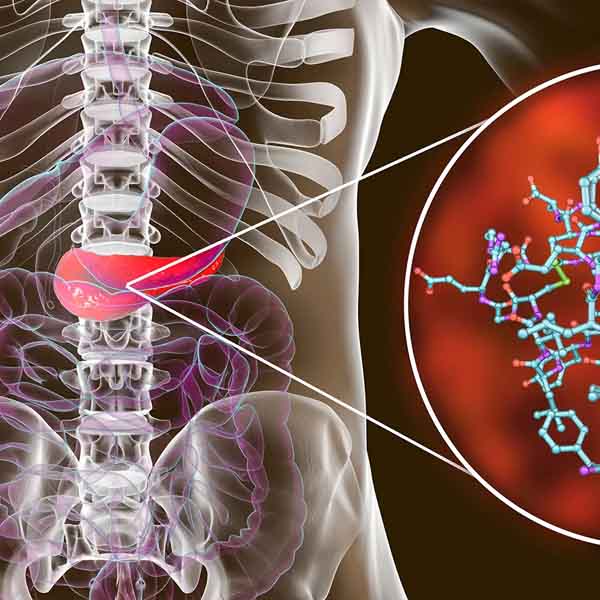
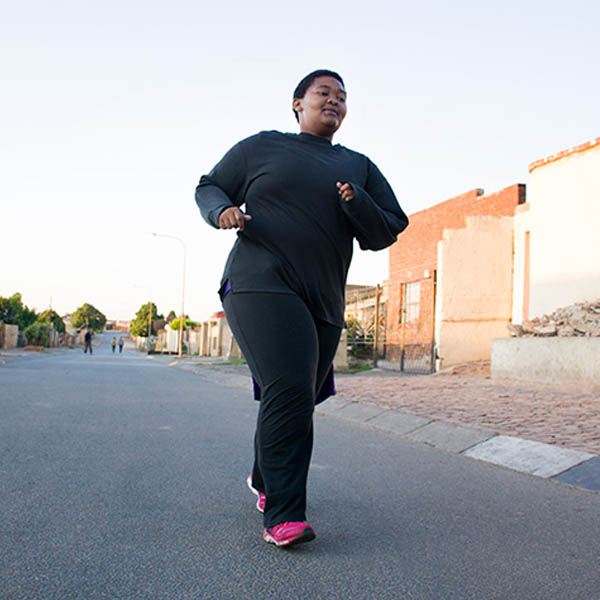
Type 1 Diabetes
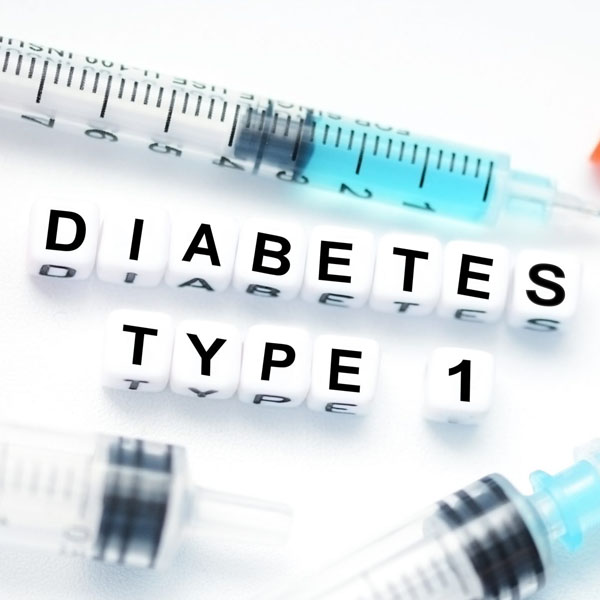

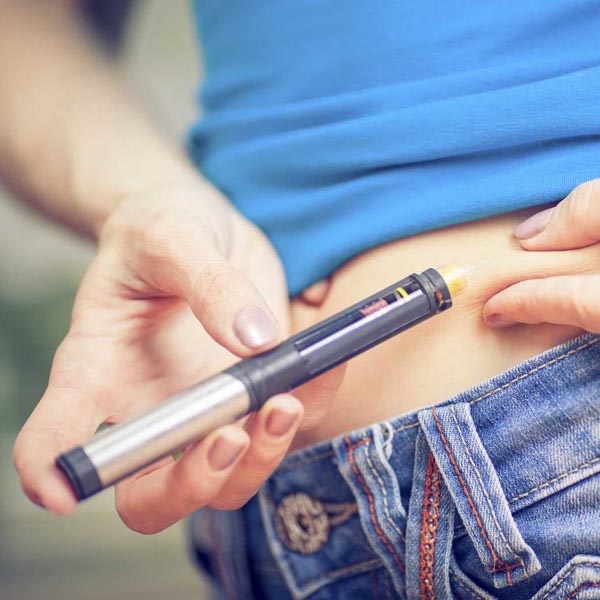
Type 2 Diabetes
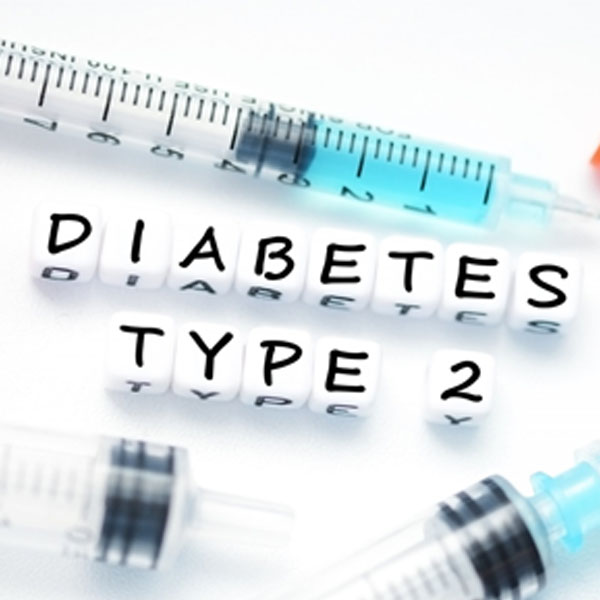


- Develop a healthy eating and activity plan
- Test your blood sugar and keep a record of the results
- Recognize the signs of high or low blood sugar and what to do about it
- If needed, give yourself insulin by syringe, pen, or pump
- Monitor your feet, skin, and eyes to catch problems early
- Buy diabetes supplies and store them properly
- Manage stress and deal with daily diabetes care

- Drinking more water and fewer sugary drinks
- Eating more fruits and vegetables
- Making favorite foods healthier
- Making physical activity more fun
Gestational


- Being very large (9 pounds or more), which can make delivery more difficult
- Being born early, which can cause breathing and other problems
- Having low blood sugar
- Developing type 2 diabetes later in life

Diabetes Tests

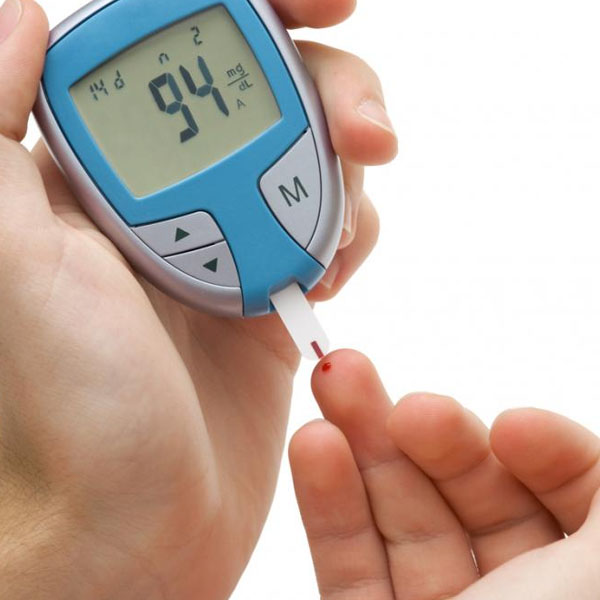
- If your doctor thinks you have type 1 diabetes, your blood may also tested for autoantibodies that are often present in type 1 diabetes.
- You may have your urine tested for ketones, which also indicate type 1 diabetes

STOP THE PROGRESS

COMPLICATIONS ASSOCIATED WITH DIABETES
Graphic displaying long and short term diabetes complications.
Do more...
prevention
TESTIMONIAL: US SENATOR DEBBIE STABENOW
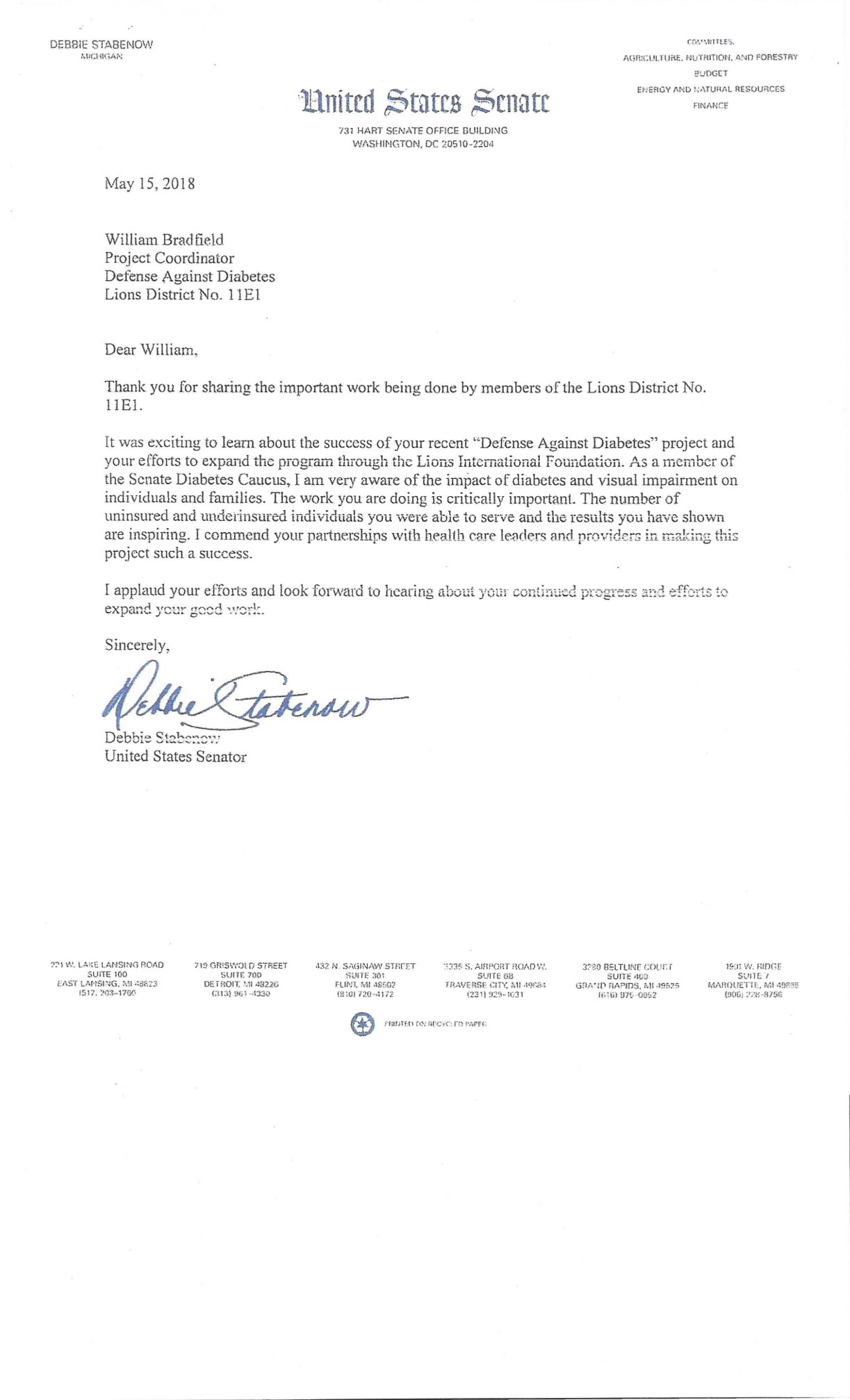
“It was exciting to learn about the success of your recent "Diabetes Awareness And Action" project and your efforts to expand the program through the Lions International Foundation.”
